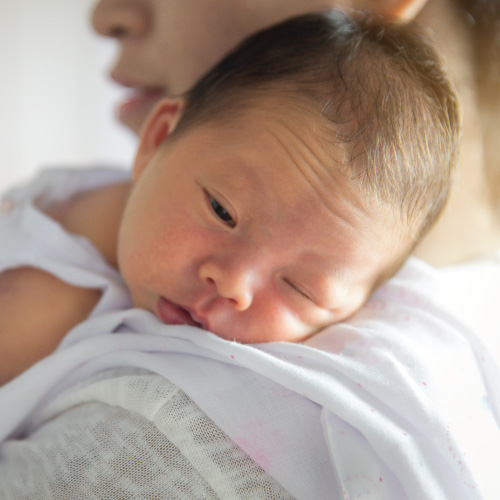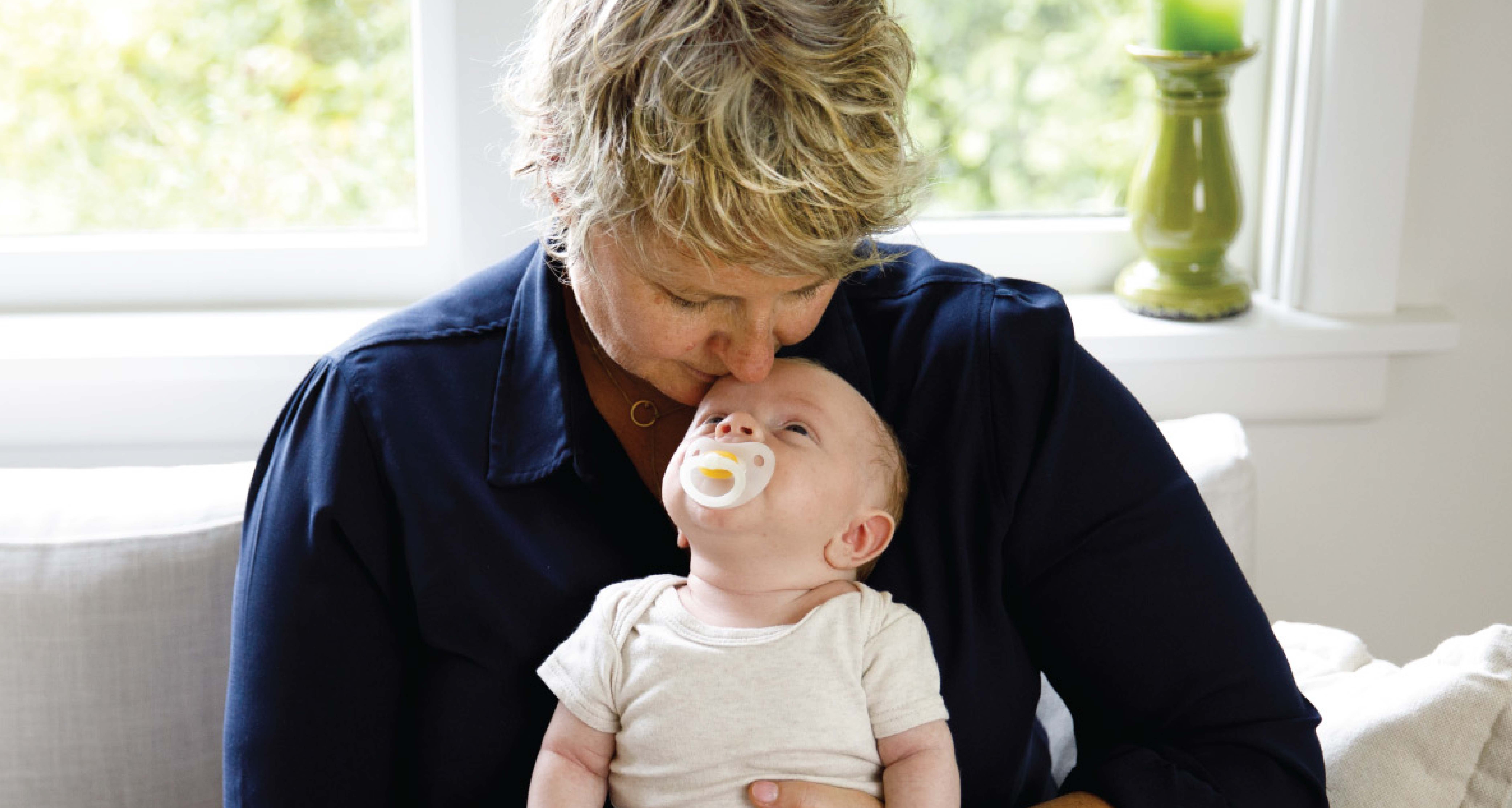What to do when your baby has hiccups

Hiccups are your child's natural digestive reflex to expel an overabundance of wind. They are a good thing when they appear. Yes, a good thing. However, if your infant is hiccupping a lot, then this is an indicator that they are not releasing enough of their naturally ingested air from their stomach after each feed, and generally this can lead to a baby experiencing colic, reflux, silent reflux and the witching hour symptoms, or what I call Digestive Overload because trapped air is one of the main causes for these.
If this is your baby, then learning Nature's Wind Sequence would be highly beneficial for them. This is my ten-step burping method that you can watch me using with little Tia in my Burping and Gas Masterclass. You'll also glean an immense information on all the other causes and solutions for releasing, avoiding and balancing air in your infant's body. Alternatively, you may like to watch my mini course on what Digestive Overload, the real cause of colic, reflux, silent reflux, the witching hour, lactose and dairy overload and some cases of mis-diagnosed cow's milk protein intolerance. This is available in my FREE Babycues Infant Gut and Maternal Health Community by clicking on the FREE ticket that follows...
Keep reading after the FREE Ticket...
For now though, I'd love to share what to do when your baby does have hiccups, because using this little method each time they start hiccupping will enable more air release, thus creating more comfort. So...
- When baby starts hiccupping smoothly move them up over your shoulder, making sure their torso is elongated, unless baby is still enjoying the fetal position, then obviously don't elongate them too much. I emphasis smoothly because any sudden movement can stop the hiccups which is not what you want.
- As baby is in this position the majority of hiccups will have them releasing a little or lot of air - sometimes you will hear it. The longer the hiccups go the more air they will release, although like hiccups do for us, there will come a point when they are simply uncomfortable for your baby and they will no longer be releasing air at that time. They will communicate this to you by becoming unconsolably squirmy, grizzly or cry.
- At that point, with you in a sitting position, you would slide them down your body and place them into what I call the Buddha hold (sitting position) and rub their back to see if the combination of the diaphragm and hiccups will release any more air. If baby continues to be upset, then it's time to cuddle and comfort your baby through the slight discomfort they will now bring - sucking a pacifier or your little finger turned upside down can be beneficial at this time.
While your baby will have released a lot of wind during the hiccups it still won't mean they are wind free. What it does mean however, is that the next burp may take a while for you to release because it is buried deep in the stomach. How deep depends on:
- how much hiccupping they did
- how far away from the last feed they are and
- how much air they have trapped in their stomach
Contraindications
I cannot say this strong enough...
Do not feed while your baby has hiccups.
You only run the risk of creating more wind while burying the wind they were trying to relieve – another starter for the behaviours of Digestive Overload.
So, I hope that helps your baby feel more relaxed and steps them toward feeling more digestively balanced. To learn more, feel free to join me for that free mini-cause on Digestive Overload in the BabyCues Infant Gut & Maternal Health Community, or click on the image/button below to watch me provide my ten-step method of burping, and much more in my Burping and Gas Masterclass. But, if you prefer to read, then check out my best-selling Prevent and Remedy Book.




